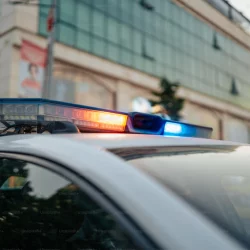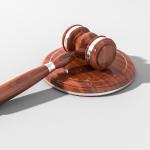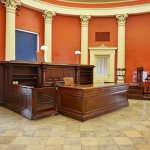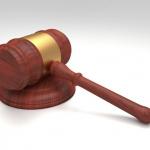How Lawyers Prove Negligence in Nursing Home Abuse Cases
In Las Vegas, nursing home abuse cases often hinge on proving negligence. Families may suspect abuse when noticing issues like persistent injuries, unsanitary living conditions, or sudden behavioral changes. Establishing negligence requires showing that the facility or caregivers failed to meet the expected standard of care.
Experts, such as Arias Sanguinetti attorneys, specialize in investigating nursing home abuse and proving liability. They work with medical experts, review facility records, and gather witness testimony to build strong cases for victims. With their expertise, families can hold negligent parties accountable and secure the compensation necessary to support their loved ones’ recovery and well-being.
In this article, we delve into the steps lawyers take to prove negligence in cases of abuse in nursing homes, ensuring that justice is served for those affected.
Exploring the Concept of Negligence
Negligence essentially means failing to fulfill one's duty. In nursing homes, caregivers are entrusted with the task of delivering care to inhabitants. When they fall short of fulfilling this responsibility and harm occurs, negligence is likely the outcome. Legal representatives assigned to prove negligence must show that the establishment or personnel did not comply with the anticipated level of care.
Collecting Proof
In any dispute or case of law, significance relies heavily on proof and supporting documentation as the starting point for lawyers' proceedings. They gather a range of evidence, including files and witness statements, to build a foundation for their arguments. Lawyers carefully scrutinize these materials to uncover any inconsistencies or indications of negligence. Moreover, photographic proof of injuries or hazardous situations serves to bolster their claims.
Interviewing Witnesses
Interactions with individuals who saw what happened give us details about the situation at hand. Relatives of the individuals involved in the incidents and others living there alongside staff members can share their experiences firsthand. Legal professionals carry out these conversations with compassion and empathy toward understanding these events' impact on everyone affected. These personal accounts frequently unveil recurring instances of mistreatment or disregard that contribute to constructing an argument in a context.
Expert Witness Testimony
In proceedings, testimony from experts adds weight and authority to the arguments presented. Medical practitioners can detail the severity of injuries and determine whether they stem from negligence. Elder care professionals may speak on the levels of care anticipated. By introducing expert viewpoints, lawyers showcase the departure from acknowledged practices, reinforcing their assertion of neglectfulness.
Illustrating a Failure to Fulfill Responsibilities
To prove a breach occurred in the caregiving environment, one must demonstrate that the caregivers did not fulfill their duties enough. Lawyers often point out instances where the actions or inactions of staff members directly caused harm. They might highlight issues like understaffing, lack of proper training, or insufficient oversight as reasons behind the breach. This evidence emphasizes the facility's inability to uphold its responsibilities.
Establishing Causation in Negligence Cases
Connecting the breach to harm plays a role in negligence cases, where lawyers need to demonstrate that the staff's behaviors or oversights led directly to the resident's injuries. The use of records, expert testimony, and witness accounts assists in establishing this link. Showcasing causation strengthens the argument by outlining a trajectory from negligence to harm.
Determining the Extent of Harm
After proving negligence and causation in a case of harm or injury, the evaluation of damages becomes crucial for lawyers to determine the extent of the impact suffered by the victim. This includes medical costs and emotional and physical pain endured by the individual involved in the incident while also portraying a detailed overview of how it has affected their daily life. The process of calculating damages takes into account both tangible and intangible elements to guarantee that the victim is rightfully compensated for their losses.
Rising Above Adversities
Proving negligence in cases of abuse at nursing homes can be quite challenging, as these facilities frequently deny accusations or try to deflect responsibility by shifting blame onto others involved in the care process. Lawyers face the task of maneuvering through these hurdles by refuting defenses with evidence and constructing a strong case that can withstand thorough examination to secure justice for the affected individual. Persistence and careful planning play roles in overcoming these obstacles.
End Note
In situations involving abuse at nursing homes, proving negligence is a process that demands thoroughness and careful planning. Lawyers must collect evidence and speak with witnesses while also relying on opinions to construct a strong argument in court. It is crucial to demonstrate a failure in providing proper care and connect it to the resulting harm. This is how lawyers ensure justice for those impacted. Not only do they aim for compensation, but they also push for higher standards in elder care. This comprehensive approach highlights the necessity of legal action to protect the rights and respect of elderly residents in nursing homes.
More to Read:
Previous Posts:









